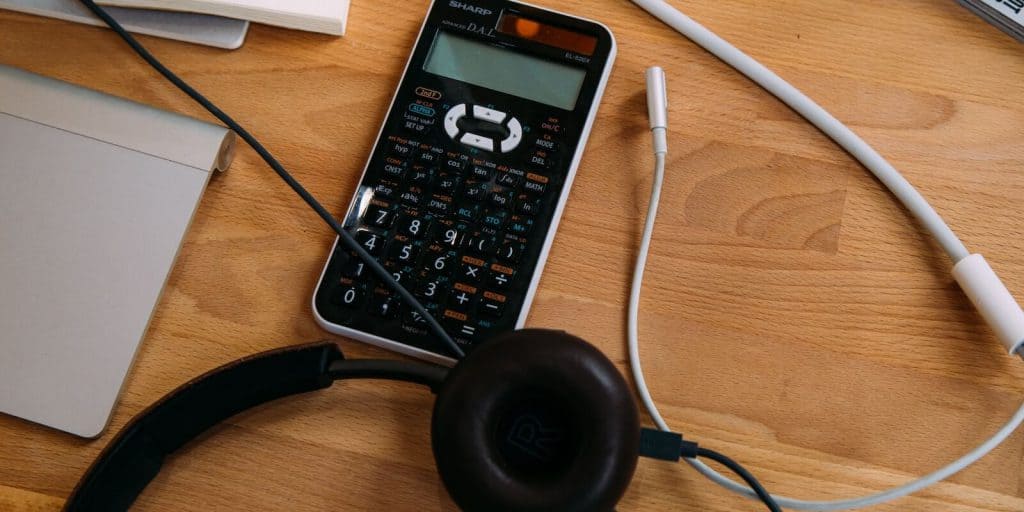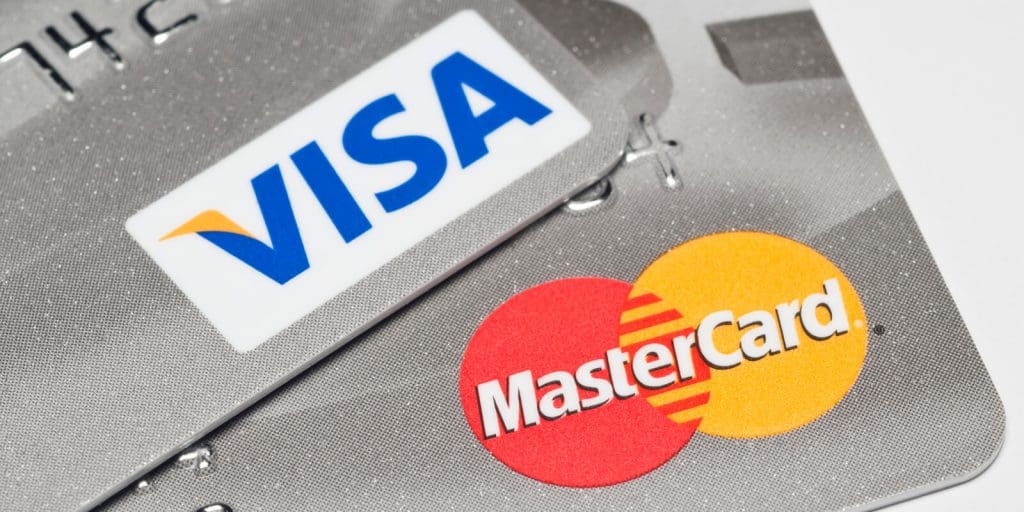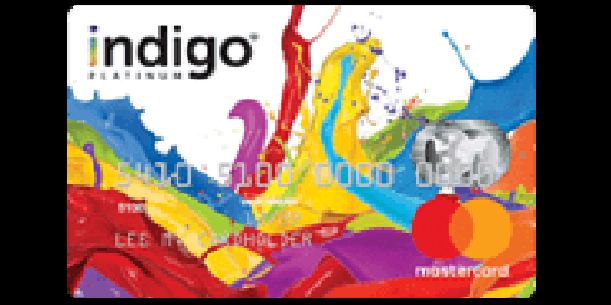If you have a limited credit history, have mismanaged your credit or filed bankruptcy in the past, you’re not condemned to a life of credit hell. In fact, there’s opportunity to repair and recover your credit when you manage it wisely. And the credit-building opportunities that come with Milestone credit cards can help.
Though they often come with more stipulations, fees and higher interest rates than prime credit cards, unsecured subprime credit cards are a good way to build or rebuild credit. That's because they have been developed specifically for people with bad credit.
Having bad credit can make life extremely difficult. Poor credit can impact your ability to get a job and even find a place to live. A recent survey by U.S. News and World Report found that 68% of people with bad credit (scores under 640) are trying to improve their credit.
If you’re looking to improve your credit, and thinking about picking up one of the Milestone credit cards, research the following cards types to make an educated decision before signing up.
Here's a look at the best types of Milestone credit cards:
Overall, the Milestone MasterCard caters specifically to consumers with no credit history and blemished credit, so approval is more likely than it would be with many other cards. Card activity is also reported regularly to the credit bureaus, which can help increase your credit score with responsible use. While there's one main Milestone credit card, there are several versions the company issues for different situations and various wants and needs from customers.
1. Milestone Gold MasterCard
When it comes to subprime credit cards, the Milestone Gold MasterCard is one of the better options as it carries a lower APR (23.9%) than most of its competition. It’s also a good choice for anyone looking to rebuild their credit after bankruptcy.
Benefits:
- Prequalification will not impact your credit score
- You can qualify if you have less than perfect credit
- Mobile account access at any time
- Protection from fraud if your card is stolen
- Account history is reported to the three major credit bureaus in the U.S.
Annual Fee:
- $35 to $99: The annual fee is based on your credit profile and not everyone will qualify for the lowest cost annual fee.
Takeaway
Upon approval, you’ll receive a $300 minimum credit limit based on your creditworthiness, income, debt and other qualification factors. Keep in mind that a portion of your credit limit includes the annual fee.
Remember, this credit card is to help you get back on your feet and not meant to hold onto for a long time. Use it for a while until you can improve your creditworthiness to graduate to a less expensive credit card.
2. Milestone MasterCard Unsecured for Less than Perfect Credit
If you have poor credit, this Milestone credit card is a good option among subprime card choices. The great thing about this card is the initial screening process. It gives you a better idea of whether you’ll get approved before you’re dinged by a hard inquiry, which avoids making your already poor credit worse.
Benefits:
- Easy pre-qualification process which does not affect your credit score
- Less than perfect credit is okay
- 24/7 access to your account information, even on mobile
- Protection from fraud, if your card happens to be lost or stolen
- Account history is reported to the three major credit bureaus in the U.S.
Annual Fee:
Takeaway
This choice in the Milestone line of credit cards provides a second chance for people who couldn’t otherwise get a line of credit with their poor or non-existent credit. So, it’s important you use it wisely. If you don’t, expect an indefinite penalty APR of 29.9% should your account become delinquent. You will also be assessed an over-the-limit fee of $35 if you exceed the credit limit.
Just beginning your credit history and need access to your account while on the go? Then this card from Milestone is a good start. It requires a slightly better credit score than the cards mentioned above. But again, it’s a great start for beginners. The APR is on the lower side among the competition at 23.9%.
Benefits:
- Instant pre-qualification is available for those who qualify
- Mobile friendly online access from anywhere
- Pick from multiple card designs at no extra charge
- Account history is reported to the three major credit bureaus in the U.S.
Annual Fee:
Takeaway
If you need to access your account on your smartphone, this card is a good option. But remember, it should just be used as a temporary measure to help build credit, not as a long-term credit card. By making regular on-time monthly payments, you can build your credit history by demonstrating the kind of financial responsibility that lenders look for in evaluating your creditworthiness.
Want to showcase your personality while building credit? This card might be for you. It allows you to pick out your own image. And that's in addition to identity theft resolution services, extended warranty coverage and price protection. The APR, like the other cards on this list, is 23.9%.
Benefits:
- Applying is quick and easy with a fast decision process
- Less than perfect credit is okay
- 24/7 access to your account information, even on mobile
- Card designs to fit your personality at no extra charge
- Account history reported to the three major credit bureaus in the U.S.
Annual Fee:
Takeaway
If you're the type who likes a card with a little flavor, this option from Milestone is a solid choice. Along with everything the standard Milestone card offers, it also allows you to pick out your favorite image in order to showcase some personality.
Not all credit cards will consider consumers with bad credit, but this card from Milestone is an exception. In addition, foreign transaction fees on the Milestone Gold Mastercard (1%) are lower than competitor’s fees of 3%, making a good choice if you're planning on traveling overseas.
Benefits:
- Application is quick and easy with instant pre-qualification available
- All credit histories considered
- Access your account online or form your mobile device 24/7
- Choice of card image at no extra charge
- Account history is reported to the three major credit bureaus in the U.S.
Annual Fee:
Takeaway
Bad credit can be a major burden when picking out a credit card, since many lenders simply won't accept consumers with credit that isn't in tip-top shape. Fortunately, Milestone credit cards like this one consider all applicants.
Should you get one of these cards?
“It’s important to compare different credit cards for bad credit, before jumping on the first one,” says credit card expert Beverly Harzog. “Make sure to be strategic in the cards you’re applying for by researching which credit card companies cater to consumer with bad credit. And don’t appear desperate by applying for every card you can because you’ll only damage your already bad credit even more.”
Bottom line: The cost of building or rebuilding your credit can be expensive, but if you’re responsible and follow the rules, you’ll be able to jump to a lower APR card and continue to improve your score and your overall financial life.
Are there different Milestone Credit Cards?
Mastercard® offers a Milestone Credit Card product line. While each individual product may share similarities, the ins and outs of the offers may be different. One thing they all have in common, though, is an annual fee. The Milestone Mastercard® - 300 has the lowest annual fee at $35 per year. Annual fees can reach up to $99 annually. While these fees may seem rather low, it’s important to remember the card does not come with rewards. Annual fees can vary depending on the applicant, so it’s important to review your personalized offer. When you take out a credit card, you are entering an agreement. It’s important to understand what you’re agreeing to so that you can fulfill the obligation and boost your credit score by being a responsible borrower.
What is the highest limit on Milestone Credit Cards?
One of the drawbacks of the Mastercard Milestone Credit Card is a low credit limit, maxing out in the hundreds of dollars amounts. However, compared to other options that might require a security deposit, bad credit borrowers can appreciate any amount of unsecured credit. While some may ding the Mastercard® Milestone Credit Card for high fees, low credit limits, no rewards, and high APR, bad credit borrowers may have limited options. This does not mean you should be desperate and take any offer, but you should be realistic about options and the path forward on your credit journey.
Are Milestone Cards worth it?
The Mastercard® Milestone Credit Card is designed to help borrowers build or establish credit. Whether you are new to credit or have blemished credit from past experiences, such as bankruptcy, a Milestone Credit Card might be able to help boost your score. However, as you may know, subprime (or bad credit) loans or credit cards can come with hefty fees and interest rates. Not to mention the restrictions that might be attached.
Choosing not to rebuild your credit, though, can be costly, too. We encourage borrowers to read the Milestone Credit Card offer or agreement carefully. Additionally, it can be beneficial to understand how to maximize the benefits fully. There are other ways to build or rebuild credit, too, so you may want to consider alternatives side-by-side.
Determining if a Milestone Credit Card is worth it is a decision you’ll need to make for yourself. If you feel it can help your credit and you are in a position to use and responsibly manage it, it might be time to consider a Milestone Credit Card. If you are desperate for a credit card and struggling financially, it may not be such a good time for a credit card. Consider your personal needs and finances to make the best choice. In addition, exploring Milestone Credit Card offers can help validate your ideas or decisions. It’s one thing to read and research, but it’s another to check real offers.
What is the minimum credit score for the Milestone Mastercard?
Milestone Credit Cards are intended for use by those with bad credit. While there’s no advertised credit score requirement, applicants will need to be at least 18 years of age. Remember, the card is designed for borrowers with bad or limited credit. While you might read that it’s best to improve your credit score before applying for a credit card, this card can be the exception to the rule. It might not always be a good idea, but it may be an option that helps you build or rebuild your credit score.
Is it hard to get a Milestone Credit Card?
The Mastercard® Milestone Credit Card may have less strict requirements, but it does not come with guaranteed approval. Applicants with a very low credit score or no credit history may face some challenges. Building credit is never easy, but rest assured, there are options out there. If the Milestone Credit Card is not the right option, keep exploring other options. Finding a way to boost your credit score can be beneficial in the long run, especially with the need for financing in the current day and age.
Is Milestone Credit Card for people with bad credit?
The Milestone Credit Card is targeted at borrowers with bad credit or little to no credit. It’s designed to offer an opportunity to build credit to expand your options of credit down the road. Here are some things you should know about the Mastercard® Milestone Credit Card.
- Line of credit is reported to major credit bureaus: There are three major credit bureaus: Equifax, Experian, and TransUnion. Each credit bureau can provide its own report reflecting what’s been reported to them. Some loans for bad credit borrowers are very expensive and not reported to the major credit bureaus. Therefore, they may help fill the need for cash, but they might not help you boost your credit score for long-term benefit. The Mastercard® Milestone Credit Card is reported to the major credit bureaus so it can work to build your credit profile.
- No security deposit required: A majority of credit cards designed for borrowers with bad credit require a security deposit. The security deposit is usually equal to the credit limit. Therefore, it’s essentially prepaid. The Mastercard® Milestone Credit Card does not require a security deposit or collateral.
How do I know if I was approved for a Milestone Credit Card?
To get approved for a Mastercard® Milestone Credit Card, you’ll first need to apply. Within seconds of submitting your application online, you can receive a personalized offer. Getting pre-qualified for the Mastercard® Milestone Credit Card does not impact your credit score. You should note, though, that pre-qualified status and approved status are different. A pre-qualified status means the lender still needs to verify the applicant’s information. The applicant may also be required to submit documentation. After getting pre-qualified, you typically need to accept the pre-qualified offer to initiate the underwriting process, which is followed by approval in most cases. Approval status can be checked online, or Mastercard can notify the applicant via email or mail, but approval notifications can vary.










